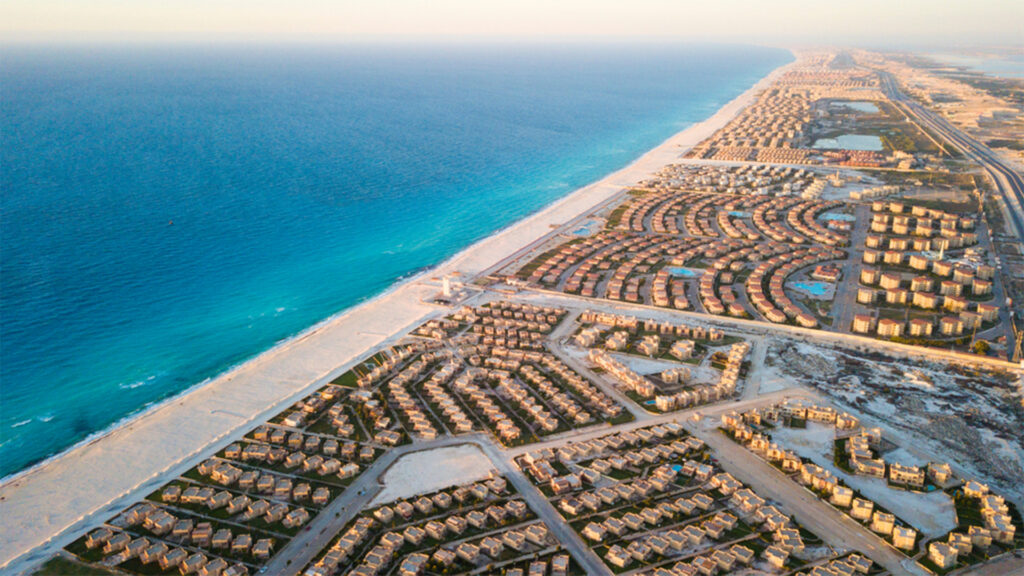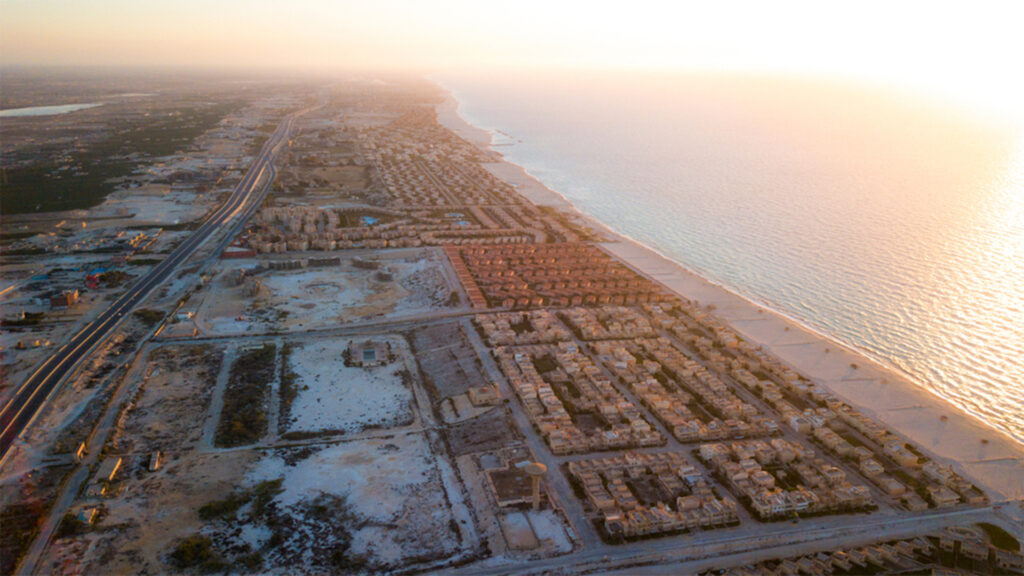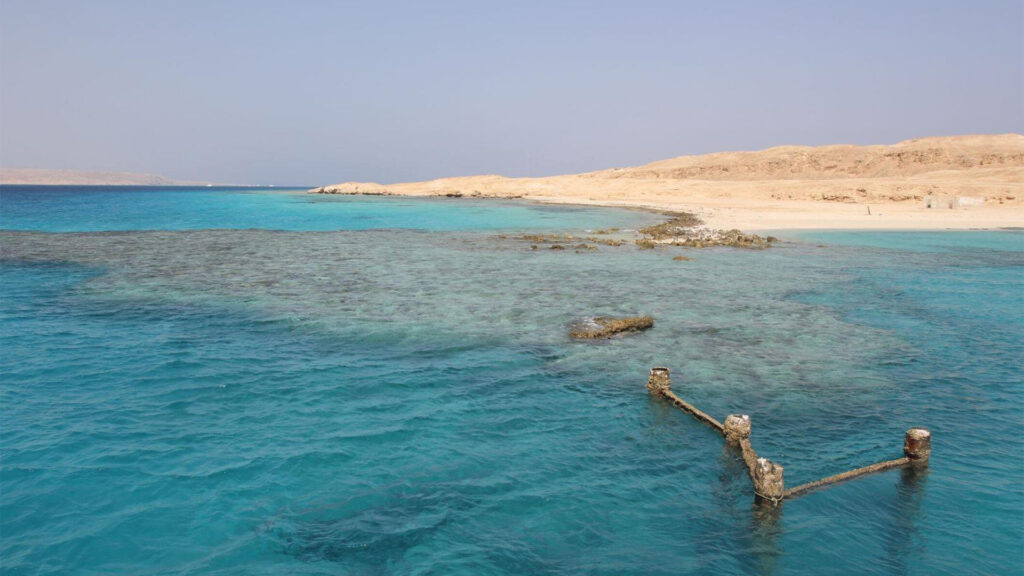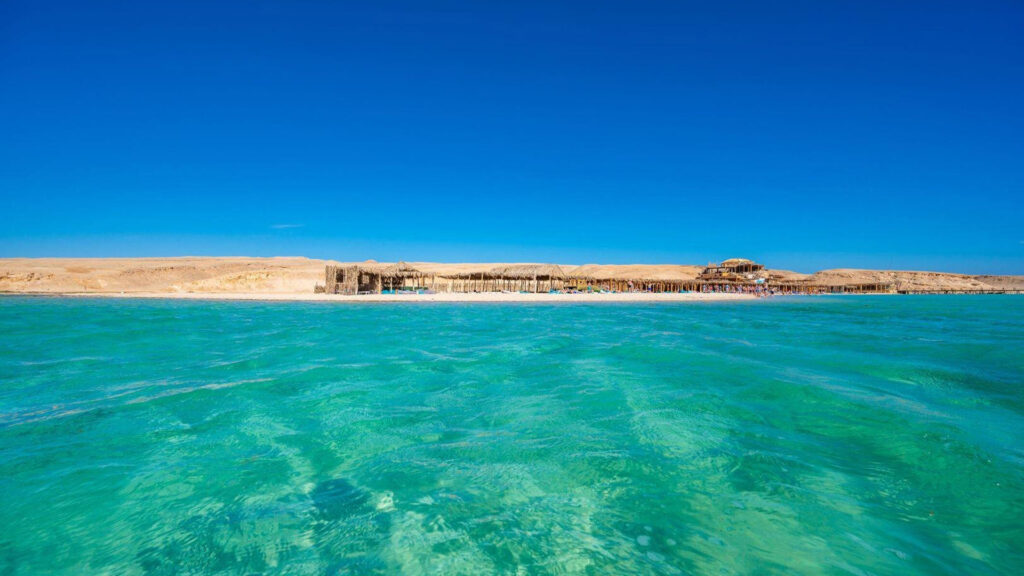Ras el-Hekma
Ras el-Hekma
Ras El Hekma Village is a beach village belonging to the city of Marsa Matrouh
It is located on the northern coast and extends from the Dabaa area at Kilometer 170 on the North-West Coast Road until Kilometer 220 in Matrouh City, which is 85 km away.
From the soft yellow sand to the crystal clear turquoise waters, the most beautiful beaches in the world are breathtaking

Ras El Hekma City
Similar to the city of Sharm El-Sheikh, the Egyptian government hopes to establish a new city on the Mediterranean Sea that includes the largest concentration of international hotel chains. It is planned to establish the city on an area of 55 thousand acres in place of the village.
The new city is divided into 11 districts
Eastern Gate - Bab Al Shams - White Hill - Design District - Kabylie City - Wisdom Island - Wadi Al-Tin - Old Quarter - Turtle Beach - Gulf - Western Gate

Ras Al-Hikma is the resting place of kings and presidents of a cosmopolitan coastal city
After a royal visit by King Farouk, the reality of the coastal city changed and he decided to build a small rest house for him to relax and surrounded it with trees of pistachios, hazelnuts, almonds and walnuts. In front of the rest house, King Farouk allocated a beach and surrounded it with rocks in the shape of an island to be a summer resort for the royal family, and the people of the area called it “the princesses’ bath.”
After the abolition of the monarchy and the declaration of the republic, Ras Al-Hikma rest house became a presidential rest house frequented by presidents
Ras El-Hekma is famous for the rest house that King Farouk established in the region after the revolution of July 23, 1952. Then it turned into a presidential rest house. Former President Anwar Sadat visited Ras El-Hekma, met with the sheikhs of the Matrouh tribes, and held with them a customary session that settled the dispute over parliamentary representation.
Former President Mohamed Hosni Mubarak also had a regular annual visit every summer to the Republican Palace in Ras El-Hikma, and he did not stop this habit until 2011.

History and landmarks of Ras El Hekma
The history of Ras al-Hikma goes back to the Greek and Roman eras, and there are major differences in calling the area Ras al-Hikma. The area was known as “sweeping wells,” which is a term given to the tops of mountains and hills on which heavy rain falls and “sweeps” them, before the storage wells contain them. . According to the Matrouh Antiquities Zone report
While the writings of historians in the Mamluk era indicate that the name Ras al-Hikma goes back to the “Bani Hakim” tribe, one of the tribes of the Arabian Peninsula that inhabited the region, and press reports indicate that it was known as the Ras of Churches; There is a mountain with traces of many churches on it
It retained this name until the 1940s

Ras Al-Hikma is a stepping stone towards a promising future
The Ras El Hekma project is considered part of the Egyptian government’s strategy to flourish tourism, increase investment in the tourism sector, and establish the largest concentration of international luxury hotel chains, resorts, commercial areas, marinas, and golf courses, as well as other recreational facilities, educational and health facilities.


